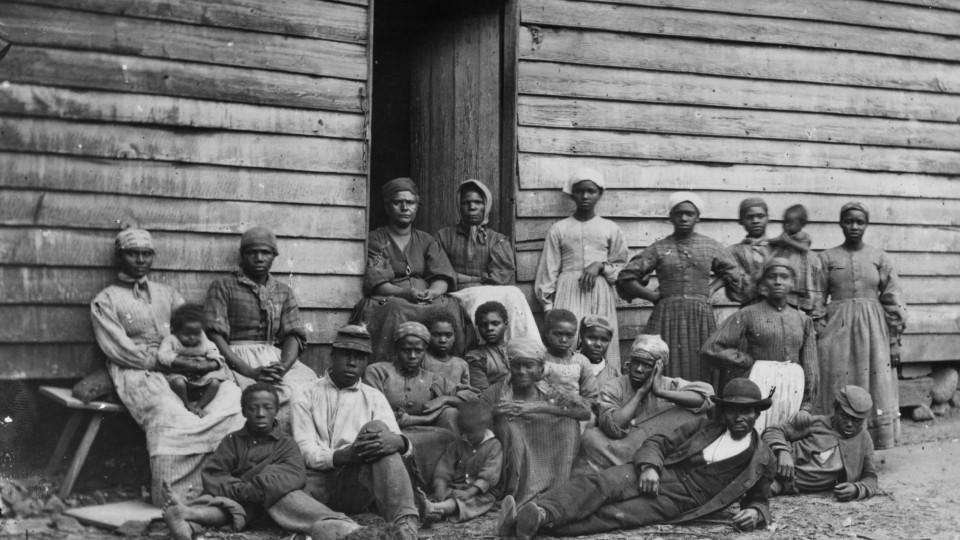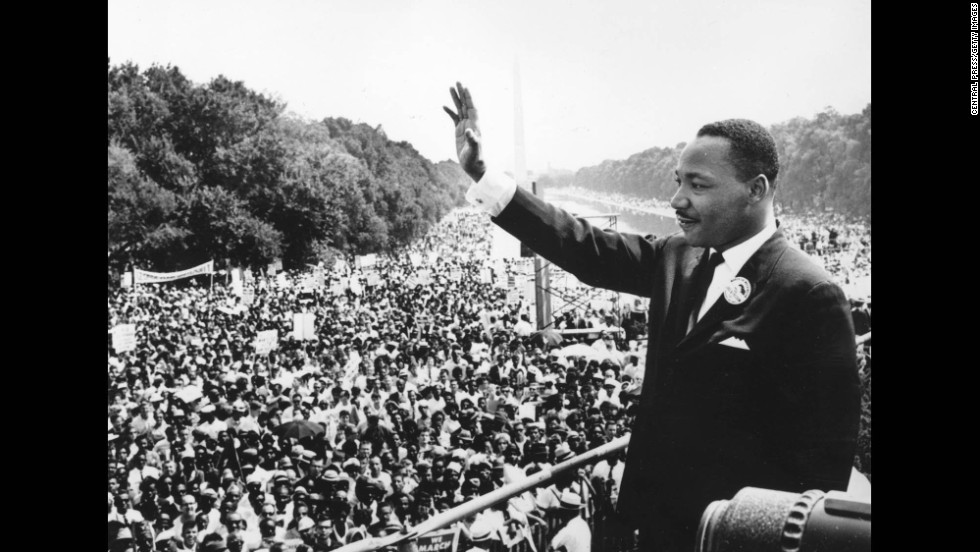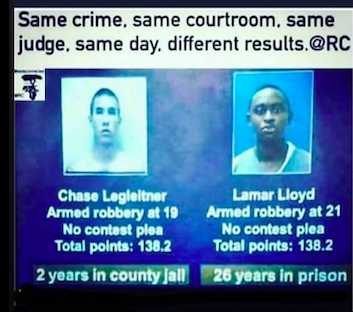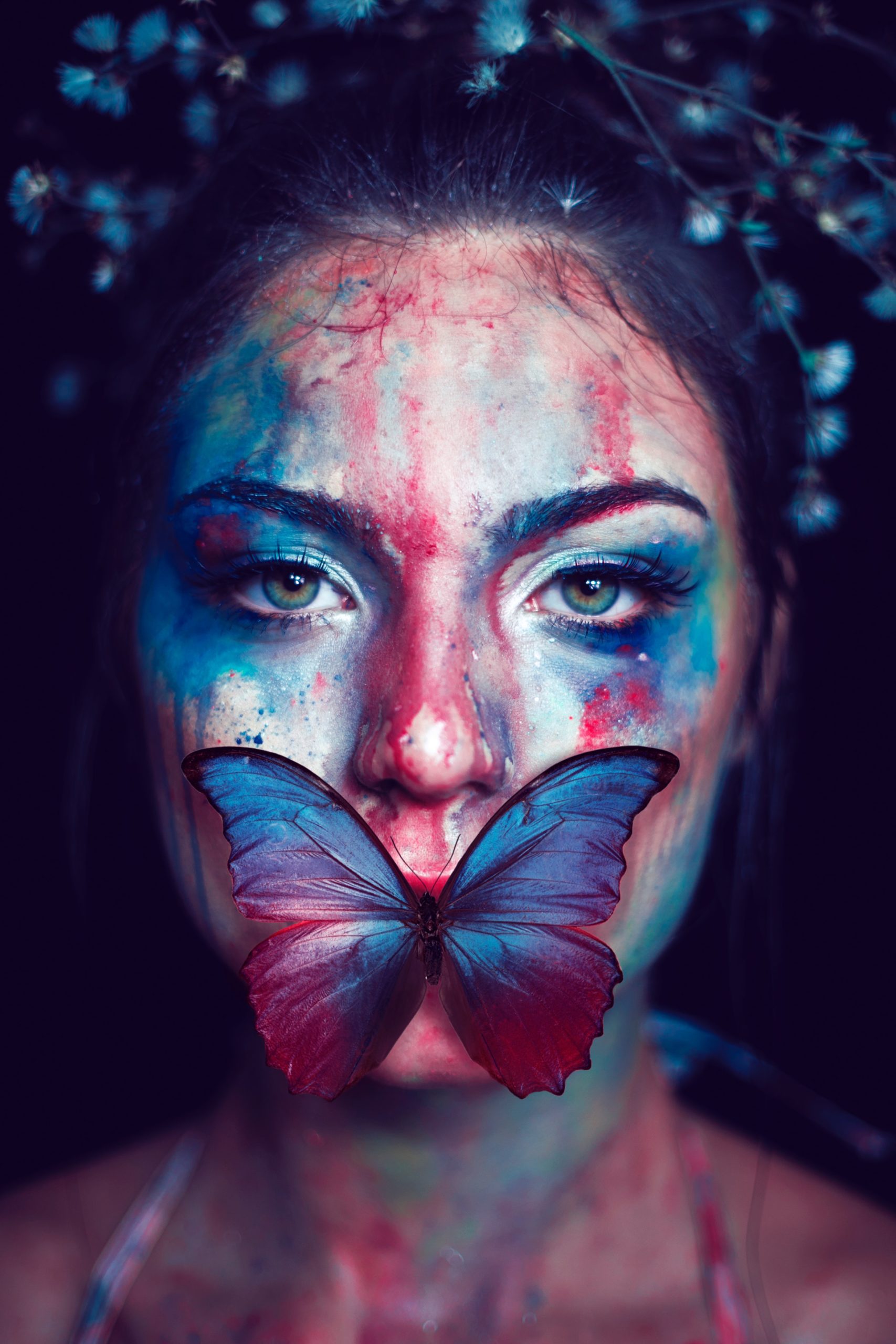This article is about the Butterfly Effect of Racism, but first (and please bear with me) a little history lesson. Racism is defined as the belief that groups of humans possess different behavioral traits corresponding to physical appearance and can be divided based on the superiority of one race over another. It may also mean prejudice, discrimination, or antagonism against other people because they are of a different skin color or race.
Rooted in chaos theory, the butterfly effect suggests that small changes in a system’s initial conditions can lead to significant and unforeseen consequences over time. This concept, often illustrated by the metaphor of a butterfly flapping its wings in Brazil causing a tornado in Texas weeks later, finds a profound and disturbing resonance in the context of racism. Understanding the butterfly effect of racism involves recognizing how seemingly minor or isolated racist actions can have far-reaching impacts on individuals, communities, and society as a whole.

Ok, now let’s take a step back and look at racism for what it really is.
If no one is better than anyone, why does racism exist-especially against black people? Because of the Butterfly Effect, but I’ll explain that in a minute.
Black people have been in this country for over 400 years (401 to be exact). They are the only ethnic group that did not migrate to North America. Instead they were enslaved and taken from their homelands in West Africa during the Transatlantic Slave Trade. Millions of Africans died over the years or committed suicide during the long voyages from West Africa to the Americas.

The ones who survived were forced into a life of slavery often in the most horrid conditions imaginable. Families were removed from each other, often with new-born babies being sold as soon as they were born. The women were raped and men often beaten for not producing insane amounts of required work. It was during this time that Slave
Patrols and Night Watches, which later became modern Police Departments, were created to control the behaviors of Black People.
How does that type of life sound so far?
After the Civil War and the ratification of the 13th amendment in 1865, slaves were set free. It wasn’t all-good for them though. They didn’t have skills or education, and were not given jobs for wages. Instead they sharecropped and lived a life of semi-freedom and poverty. Black men got lynched almost daily during Reconstruction (1865-1877).
After Reconstruction, white supremacy groups like the Ku Klux Klan rose to power. They often violently abused African Americans with lynchings and terrorism throughout their neighborhoods.

This gave rise to the Civil Rights Movement of the 1950s-1960s. This movement pushed voting, the integration of races, and equal services and treatment of blacks and resulted in the Civil Rights Act of 1964. The movement lost steam when its leader, Dr, Martin Luther King, Jr. was murdered in 1968 ; many think by the government to halt the movement.
Legislature made during the Civil Rights Movement made blatant racism a little more difficult to defend for whites. Subsequently, racist policies that denied blacks fair treatment in the criminal justice system, equal schools, good jobs, health care, and access to healthy foods. They were even exposed to environmentally deficient water and air, etc.-I mean it’s so sad and uncalled for.
Many of these policies affect African Americans to this very day. That’s why blacks are disproportionately affected when things like pandemics hit and expose all of these injustices. In regards to wealth, because of slavery and its derivatives, black people are generations behind on accruing wealth in the United States.
The Butterfly Effect of Racism

Racism is a Public Health issue, no doubt. I think when we saw George Floyd (Say His Name!) murdered, a little bit of us died with him. He should not have died that way, and if he were white, he would not have. This is the crux of the problem.
Blacks, and other ethnic minorities in the country are often treated differently because of perception and stereotypical judgment-with a sprinkle of fear. Ahmaud Arbery (Say His Name!) wanted to go for a jog, but was perceived a threat-why? Because of the butterfly affect of racism. Let me explain…
When you interact with someone, an energy is exchanged in both people from that interaction. Common feelings spawned from interactions are happiness, joy, peace, stress, fear, love, and hate. When you interact with people you affect the whole world.

For example, let’s say you’re on a city bus with one free seat and a white woman enters the bus but prefers to stand up. If you’re a black man, you might not think much of it until it happens at the next 3 stops as well. You then get it that they don’t want to sit next to you because you’re black.

The white ladies you notice glance to see if you’ve noticed them preferring not to sit next to you. But you think-it can’t be me. I’m well-dressed and groomed and I have 3 college degrees. This situation stresses both parties out and they leave the bus and take that interaction with them.
This incident continues to happen to the black male frequently. Over time, he forms the opinion that white women are scared of him. Should he feel any differently when he also sees the same white women quickly snatch up a seat next to a white person regardless of their perceived socio-economic status?
Then he sees the video of the Central Park Karen Incident. This in turn, he feels, validates his viewpoint on white women. Because of this, he will modify every interaction with every white woman he comes across in the future due to distrust. Why, because he wants to stay safe. He know that if the police are called on him, he could actually be killed. Seriously.

Now, to be fair, let’s take a look at the white women getting on the bus. The primary concern for women of any color, is to stay safe. Through hundreds of years of negative propaganda on black men being dangerous and possibly sexually aggressive, many people actually believe this to be true. Even though they may not have experienced it, they figure they better play it safe.
But all this does is continue to perpetuate the same actions and reinforce their fear of black men. Why would a well-dressed black man that’s well-groomed be expected to assault you? Because you’ve bought into the myth and are actually a part of the problem. Are the women in the above scenario racist, I can’t say for sure, probably not, but they rather not engage with the black man. But what they don’t know is that he feels the same way.
Pulling from the scene above, neither party trusts each other. This is inherently the main issue in racism. Because of this, their thoughts and actions will continue to reverberate around the world with a Butterfly Effect of people with similar thoughts and actions as yours. When productive dialogue is not exchanged between whites and other minorities, the distrust and stereotypical actions continue.

Now let’s say the white woman got on the bus and sat next to the black man. He then smiles, says hello, and continues to read his paper. The white woman is tense at first but loosen up when she understands that the black man is only their to catch the bus to his job just like her.
She is open in the future to sitting next to other blacks and who knows, maybe she’ll even engage in conversation one day. We need more interactions like this which create positive Butterfly Effects and help lift people up and connect us all through love.
This country’s original sins are against those of the Native Americans and African Americans. Please read up on this to learn more on your own time, but, when systems have been created to keep these and other minorities in place because those making policy feels like God made them as less and not equals, is sinister. That’s what we have here in the Unites States folks. I mean the word slave is actually in the national anthem in the context of “don’t even try to become free”.
Time to Be Introspective
So here we are in a national movement against police brutality and the unequal treatment of blacks. Now and when the protests die down, I challenge all my White People to continue to help heal racial wounds and make strides for change. Blacks can not dot it because they are the victims here-Whites must!
A Message to White People
So white people, don’t be afraid to hire a black professional, or invite a black person to your home or out for coffee. You’ll find that you have more in common that you think. Yes, it’s true blacks and white grow up somewhat differently in a household in a cultural sense, be we all want love joy and prosperity in our lives, and guess what-COLOR DOES NOT MATTER!
So when you feel super tense when around black people ask yourself why. Is it because of societal conditioning? Do you have a reason to be scared? If you don’t become introspective and adjust accordingly, nothing will ever change, which just means more periodic uprisings of revolution and revolt. The choice is yours.
Breaking The Cycle
Understanding the butterfly effect of racism highlights the importance of addressing even the smallest acts of racism. Efforts to promote equity and inclusion must be comprehensive, involving individual actions, institutional reforms, and societal shifts. By acknowledging and confronting our biases, supporting anti-racist policies, and fostering environments where diversity is valued, we can work towards mitigating the long-term consequences of racism.
In conclusion, the butterfly effect of racism underscores the interconnectedness of our actions and their potential to create significant and lasting impacts. By addressing racism in all its forms, we can hope to create a more equitable and just society, where the wings of a butterfly lead to positive change rather than destructive consequences.

